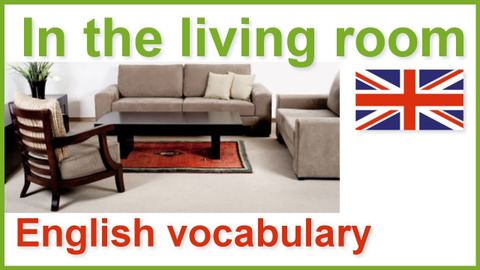
字幕と単語
家と家の英単語レッスン|リビングルーム (House and home English vocabulary lesson | The living room)
00
Faryl Wu が 2021 年 01 月 14 日 に投稿保存
動画の中の単語
account
US /əˈkaʊnt/
・
UK /ə'kaʊnt/
- n. (c./u.)利益 : 利点 : 得;(預金)口座;収支計算書;(コンピュータの)アカウント;説明;帳簿;重要性;釈明;得意先
- v.i.説明する
- phr.〜の理由で
A1 初級TOEIC
もっと見る English
US /ˈɪŋɡlɪʃ/
・
UK /ˈɪŋglɪʃ/
- n. (u.)英語
- prop. n.イングリッシュ
- adj.英国の : 英国人
- n.イギリス人;英語訳;英文学;英国風
- v.t.英語に翻訳する
A1 初級
もっと見る left
US /lɛft/
・
UK /left/
- v.t./i.去った;残した : (財産などを)残して死んだ;(ものを)~の状態にしておいた;(使用せず)そのままにした;置いて行った
- n.左
- adj.左
A1 初級
もっと見る エネルギーを使用
すべての単語を解除
発音・解説・フィルター機能を解除
